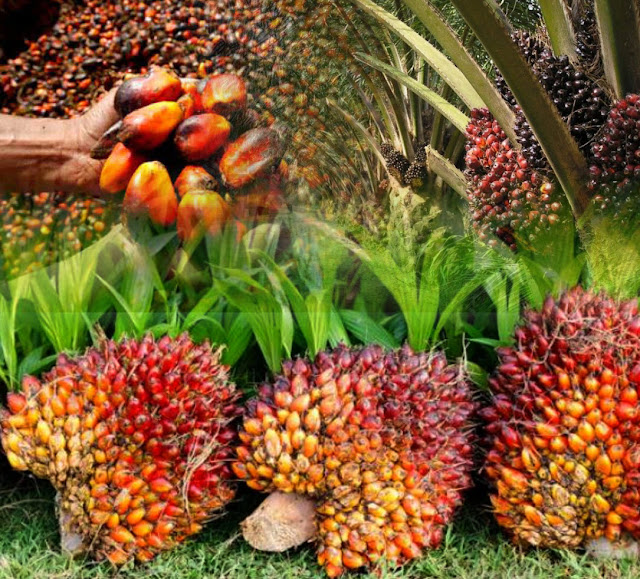Indonesia is currently the world's largest producer of crude palm oil, Crude Palm Oil (CPO). In 2006, Indonesia's oil palm plantation area was 6.5 million ha with a production of 17,350,848 tonnes. Then the area of Indonesian oil palm plantations in 2016 is estimated to reach 11.67 hectares (Ha) with a production of 33,500,691 tons.
In 2050, the global demand for cooking oil is estimated to reach around 240 million tonnes, almost twice the consumption in 2008. To meet this additional demand is a boon for palm oil, because it has the lowest production costs compared to other vegetable oils.
Advances in research and technology as well as increasing awareness of environmental sustainability are believed to make the future of Indonesian palm oil more prospective. Oil palm plantation companies will be increasingly motivated to apply the latest technology in the development of palm oil production, while increasing their commitment to protecting the environment.
The prospective future of palm oil will continue to systematically invite criticism and new accusations to undermine its superiority and competitiveness. Anticipating this, in addition to continuing various joint efforts of all related parties to strengthen the position of Indonesian oil palm, amid regional and global competition, an internal problem that is deemed to need attention is the increase in productivity of oil palm smallholders
The distribution of areas that have the potential for oil palm development in Indonesia is generally found in the provinces of Riau, West Kalimantan, Central Kalimantan, East Kalimantan, Irian Jaya, North Sumatra, Bengkulu, Central Sulawesi and South Sulawesi.
The Role of Oil Palm in Indonesia
In the Indonesian economy, palm oil (in this case the oil) has a strategic role, because:
- Palm oil is the main raw material for cooking oil, so that a continuous supply helps to maintain price stability of said cooking oil. This is important because cooking oil is one of the 9 staples needed by the community so that the price must be affordable by all levels of society.
- As one of the mainstay non-oil export agricultural commodities, this commodity has good prospects as a source of foreign exchange earnings and taxes.
- In the process of production and processing, it is also capable of creating job opportunities and at the same time increasing the welfare of the community.
In the history of Indonesian palm oil, it is noted that until the mid-1970s coconut oil was the main supplier of domestic vegetable oil needs. Both cooking oil and other food industries use coconut oil more than palm oil. Coconut production, which has tended to decline during the last 20 years, has resulted in insecure supply, resulting in the coconut oil crisis in the early 1970s. On the other hand, palm oil production tends to increase so that the position of coconut oil is replaced by palm oil, especially in the cooking oil industry.
In terms of foreign exchange earnings, the past few years have not been in good condition. The volume of exports during the last decade has always increased, but the increase has not always been accompanied by an increase in value. This happens because of price fluctuations in the international market.

